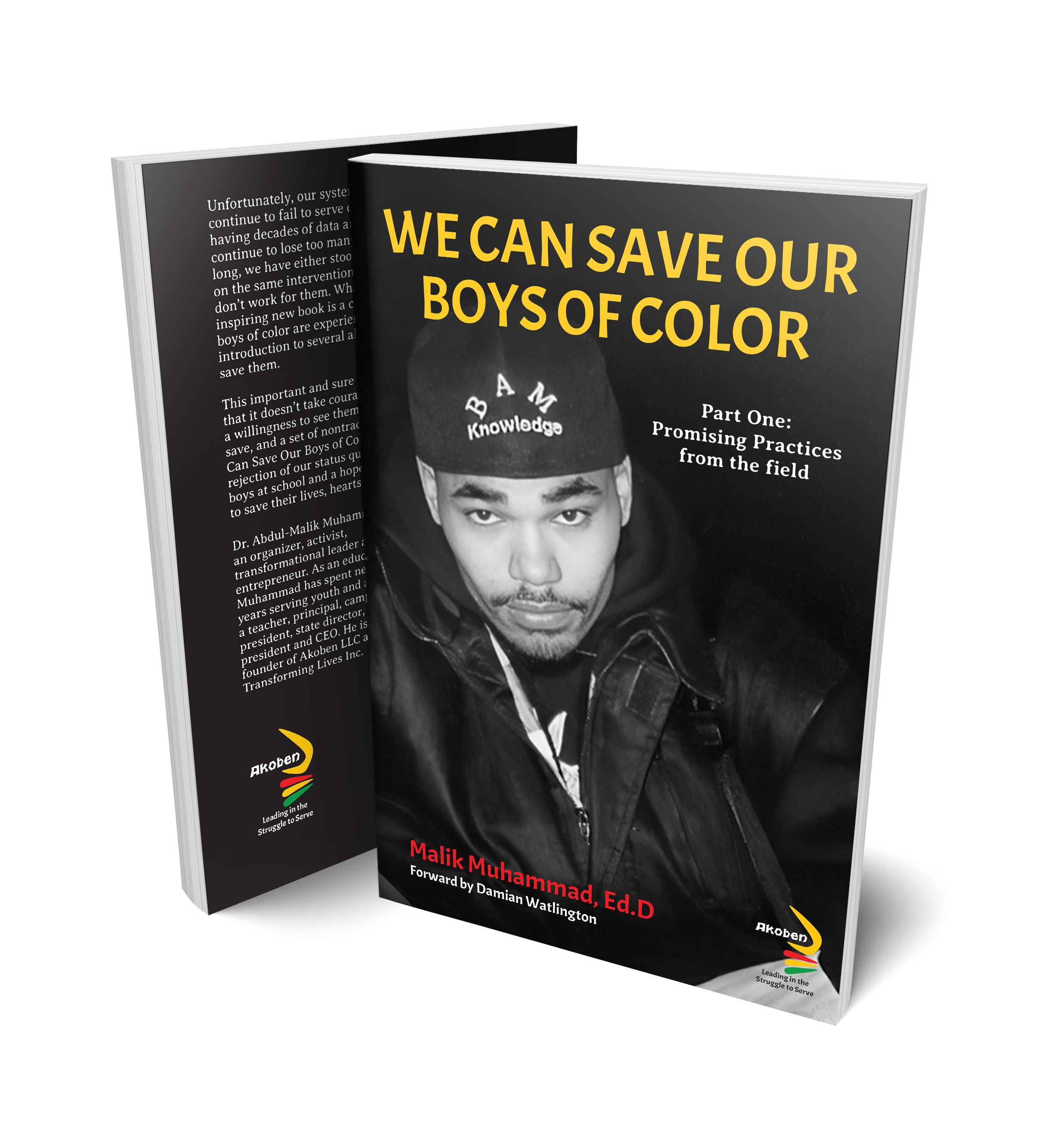Writing is one way I try to build bridges and frameworks.
Each book featured here is rooted in lived experience and designed to offer practical insight for those leading in complex spaces. Whether you’re working with young people, shaping systems, or leading teams, these books were written with you in mind.
The Restorative Journey
The punitive system of discipline is the norm in our society. When people act out, we punish them. But rather than changing the offender's behavior, these punishments further disconnect teachers from students, parents from children, managers from employees and individuals from communities. In The Restorative Journey, Dr. Malik Muhammad introduces us to a different Restorative Practices. This framework helps us respond to wrong-doing in ways that restore relationships between those that cause harm and their community, offer healing to those who were injured, and lead to lasting behavior change. In clear and readable prose, Dr. Muhammad explains key aspects of Restorative Practices, including emotional vocabulary, restorative questions, and restorative circles. Ideal for educators, managers, community leaders and parents, this book will start you on a journey that transforms your approach to authority, discipline and community-building.
We Can Save Our Boys of Color
As a community, we must recognize that our boys of color are deserving, and worthy of our care and attention. It is not enough to simply acknowledge the challenges they face; we must actively work to provide them with the support they need to thrive. By investing in their education, mental health, and overall well-being, we can ensure that they have the resources necessary to overcome obstacles and reach their full potential. Let us come together to show these boys that they are valued and that we are dedicated to their success.
Colorizing Restorative Justice
Twenty restorative practitioners and scholars of color share their experiences around race, racism, and colonization in the restorative justice movement. They expose how white body supremacy manifests in their everyday work and profession, where they are often the only person of color. The authors are deeply committed to restorative justice and the movement’s potential to be a liberatory force in people's lives. At the same time, they name how the larger frame of white supremacy impacts the restorative movement, just as it impacts every facet of life. For the authors, restorative justice has the muscle as a philosophy and practice to disrupt and dismantle habits of systemic oppression, freeing both practitioners and the movement to fulfill the healing, liberatory, transformative potential that is the promise of restorative justice. Colorizing Restorative Justice is a much anticipated and mighty act of truth-telling! These stories arise from the lived experiences of a broad range of seasoned, loving restorative justice practitioners of color, mostly women, who fiercely unearth realities about the devastation caused by white practitioners who unthinkingly work without a racial or social justice consciousness. Required reading, Colorizing is a wake-up call for European-descended restorative justice practitioners. It is validating for Indigenous practitioners and practitioners of color and enlightening for anyone wishing to explore the intersections of indigeneity, racial justice, and restorative justice. —Fania E. Davis, African-descended, PhD, JD, author of The Little Book of Race and Restorative Justice, founding director of Restorative Justice for Oakland Youth (RJOY), and a leading national voice on the intersection of racial and restorative justice This book in many ways represents a journey. The journey of the modern RJ movement, now decades old, sadly, as a collective, has for the most part missed, watered down with romanticism, and in many cases intentionally




